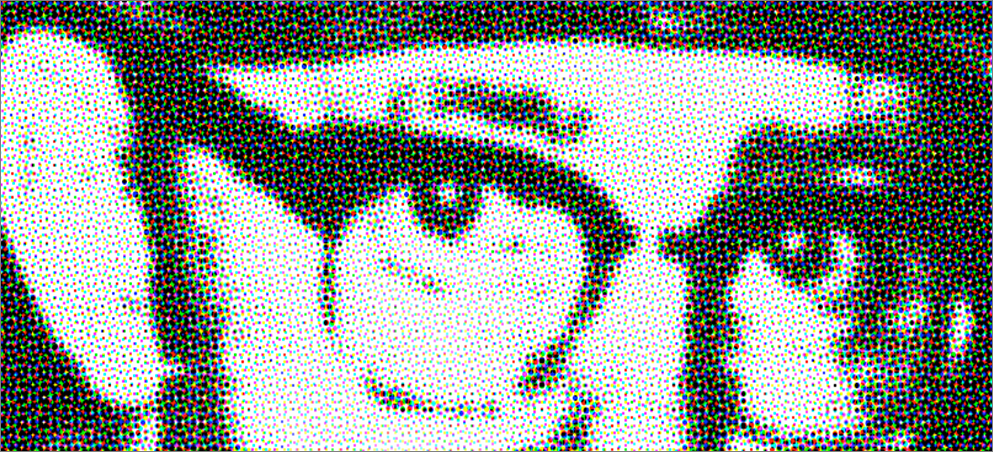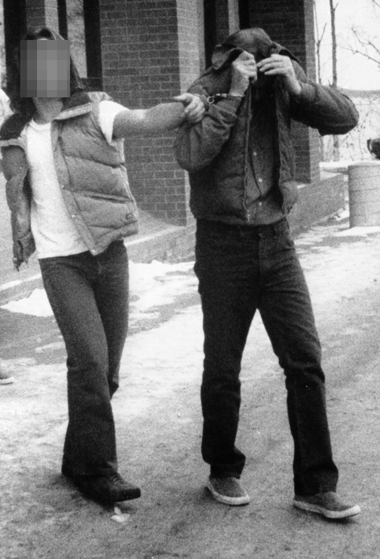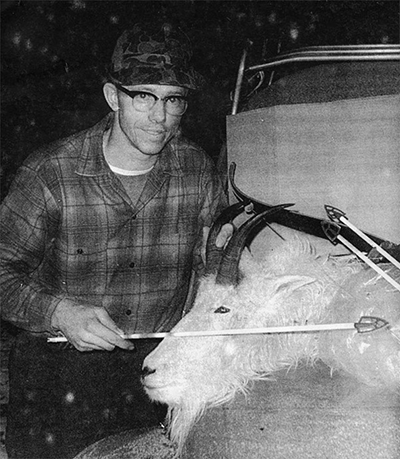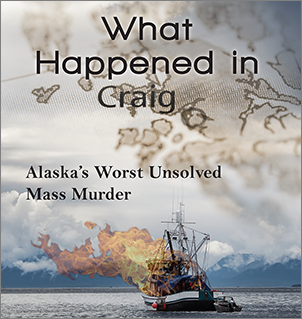One of the conundrums true-crime authors eventually face is the prospect that their chosen criminal “subject” — in this case Robert Hansen — evolves in the public imagination. Becomes, as Hansen has become, a myth, a legend, an archetype. More Billy the Kid than Henry McCarty [1]. This is the process by which we forget that Ted Bundy was a mediocre law student, instead buying full-stop into Ann Rule’s declaration of his absolute homicidal genius. The process by which Hansen has always been the man who hunted humans.

After Ann Rule all serial killers had to be handsome, brilliant and suave.
Myth or Truth?
With Robert Hansen the legend now ascendent, I have to ask of my latest blog: What if Robert Hansen just stayed home on that December night when Beth van Zanten disappeared? Is my persistent belief that Hansen was responsible for her death part of the myth — my particular contribution to the archetype? Does it add weight to the public perception that he hunted his victims like animals?
Have I succumbed to the myth? Or am I one of its original creators?

I’ve long thought that Bernard DuClos, along with Frank Rothschild, were the earliest propagators of the Hansen legend. Indeed, Frank Rothschild was the first to say it out loud.
“He let them run a little bit and then he enjoyed a little hunt just like with his big game animals. He toyed with them, he wanted to scare them, he got a charge out of all of this. They weren’t shot right where it all started, he let them run, he grabbed them and they’d claw a little bit and he’d let them run a little more and played with them.”
Frank Rothschild at Hansen’s sentencing
Walter’s Counter Declaration
I remember asking co-author Walter Gilmour, early on, about the truth of these assertions. Did Robert Hansen hunt his victims, consciously releasing them in The Bush so he could run them down like wild animals?
Walter’s pithy reply: “Hansen was a chicken killer.” Pressed on the issue, he added, “He was too afraid to kill himself. So he killed women.”
“Hansen was a chicken killer.”
Walter Gilmour on Robert Hansen
This was, in retrospect, Gilmour’s attempt at an ironclad defense against mythologizing Robert Hansen. It’s worth noting, moreover, that I never got Glenn Flothe to fall for use that characterization, although he was not shy in describing Hansen’s escalating violence in detail. (“It wasn’t enough for him to shoot them. At the end, he had to stab them over and over too.”) [2]

And Robert Hansen did have that chicken killer voice (audio)
So what if Hansen went home after pizza at Larry Bivin’s house? Beth van Zanten is still dead. Still murdered. And Gary Zieger can take the hit. Or, going with Gilmour’s instinct, it was Beth’s cousin. Who, by the way, Gilmour kept a watchful eye on, thinking he might slip and reveal his “true self.” The cousin never did.
This much I do know. Robert Hansen the legend could surely have killed Beth van Zanten. Now there’s a conundrum if there ever was one.
[1] During the following decades, legends grew that Billy the Kid had survived the shot by Sheriff Pat Garrett, and a number of men claimed to be him.
[2] UPDATE: There’s this from Sgt. Glenn Flothe in a February 29, 1984, AP story. Speaking of Hansen’s victims, Flothe said, “They always seemed to get away from him and were found shot some distance from there he had intended to take them,” said Sgt. Glenn Flothe, a homicide investigator for the Alaska State Troopers. “Ultimately, it enabled him to hunt a human.” It’s worth noting that the AP article was entitled, “Game Hunter Stalked His Human Victims?” It’s a question I’m still asking, although with less and less urgency. The legend always wins.
Copyright Leland E. Hale (2021). All rights reserved.

Purchase Butcher, Baker
Order my latest book, “What Happened In Craig,” HERE and HERE. True crime from Epicenter Press about Alaska’s Worst Unsolved Mass Murder.
